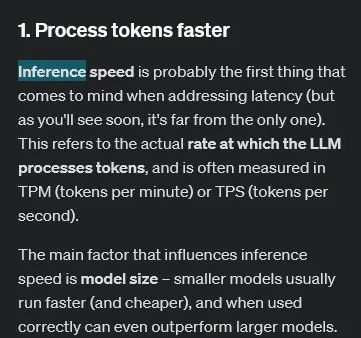Dive into AI for a second and you’ll hit words like “inference” and “inference API” right away. These terms get thrown around a lot, but what do they really mean?
Here’s the deal: before a machine learning model can do anything useful, it has to be trained. That training means feeding it a big pile of data—think inputs and the right answers matched up for each input. The model crunches through all that, figuring out patterns, associations, and some version of “rules” based on what it’s been shown.
Now, after all that training, the model can take a new piece of data and give us a result based on everything it learned. This part is what we call inference. It’s the moment you actually put the model to use. Feed it some data and it’ll spit back its prediction.
Inference is where the model finally starts to work for you. It’s when you can hand it fresh data and get answers back.
It’s the stage where a machine learning model becomes practically useful. One can finally use it!
Why you hear about “Inference API”
Once you’ve got a model ready to infer, you often want to make it easy to access. That’s where APIs come in. Set up an inference API, and now other software, websites, or services can call on your model whenever they need a prediction. This makes the model practical and usable without needing to be rebuilt every time.
An inference API isn’t anything special on its own. It’s just a way to make sure you and anyone else can actually use the model’s predictions right from the systems they’re working in.
Image ref: Page from OpenAI API documentation mentioning “inference”.

So, in one sentence, inference is about getting a result from an AI, and inference API is a programmatic way of talking to an AI, so that we can get a result from it. That’s it!
 Valérian de Thézan de Gaussan
Valérian de Thézan de Gaussan